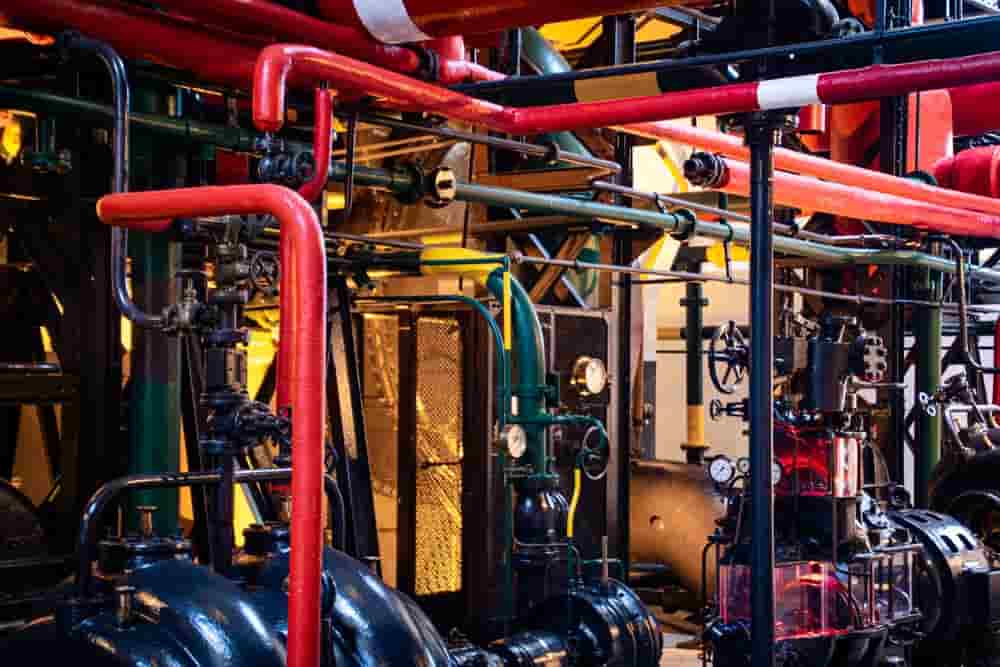1. Introduction
In residential, commercial, industrial, educational, sports, and infrastructure buildings with larger cooling capacities, a chilled water (CHW) system is used to remove heat from the space, room, or other source.
Water plays a vital role as a heat transfer medium in CHW systems & which is a sub-system to heating, ventilation, and air conditioning (HVAC) systems.
Chilled water systems are essential for maintaining desired temperature and comfort levels in buildings. However, the presence of air or gas within these water systems can lead to numerous issues that impair their efficiency, reliability, and longevity.
Understanding the effects of air/gas presence and employing effective mitigation strategies is critical to optimizing system performance.
2. Adverse Effects of Air/Gas in HVAC Water Systems
Reduced Heat Transfer Efficiency
Air or gas within water systems will significantly reduce the heat transfer rate in heat exchangers such as fan coil units (FCUs), air handling units (AHUs), chillers, and dry coolers.
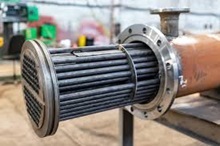
The presence of air pockets or bubbles creates insulation between the water and the tube surfaces, reducing the contact area available for heat exchange. This, in turn, diminishes the cooling capacity and leads to decreased overall system performance.
Inaccurate Instrument Readings
Air or gas in the water system can disrupt the accuracy of instruments used to measure critical parameters such as pressure, temperature, and mass flow rate.
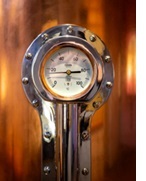
Bubbles or air pockets can cause erroneous readings, making it difficult to monitor and control system performance effectively. This can lead to inefficiencies and potential system failures if left unaddressed.
Increased Corrosion Risk
Oxygen present in dissolved air is highly reactive and can accelerate corrosion in steel pipes and other metallic components. Over time, this corrosion weakens the structural integrity of the system, increases maintenance costs, and shortens the lifespan of equipment.
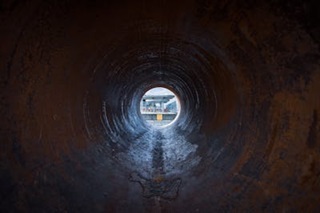
Corrosion can also result in the formation of rust particles, which further impede system efficiency by clogging components such as valves and strainers.
Unstable System Pressure
The presence of air in the water system can cause fluctuations in pressure, leading to unstable operation.
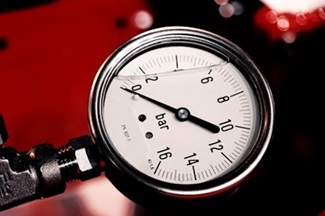
Pressure instability can impact the flow rates and disrupt the balance of the system, resulting in uneven cooling or heating distribution across the building.
Reduced Pump Performance
Air entrainment reduces the efficiency of pumps by creating cavitation, a condition where vapor bubbles form and collapse inside the pump. This phenomenon not only decreases pump performance but can also cause significant damage to pump impellers and other internal components.
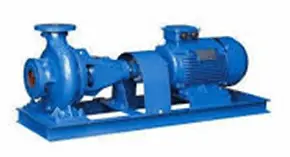
Excessive Noise
The movement of air bubbles through the system generates noise, which can become disruptive, particularly in commercial or residential applications.
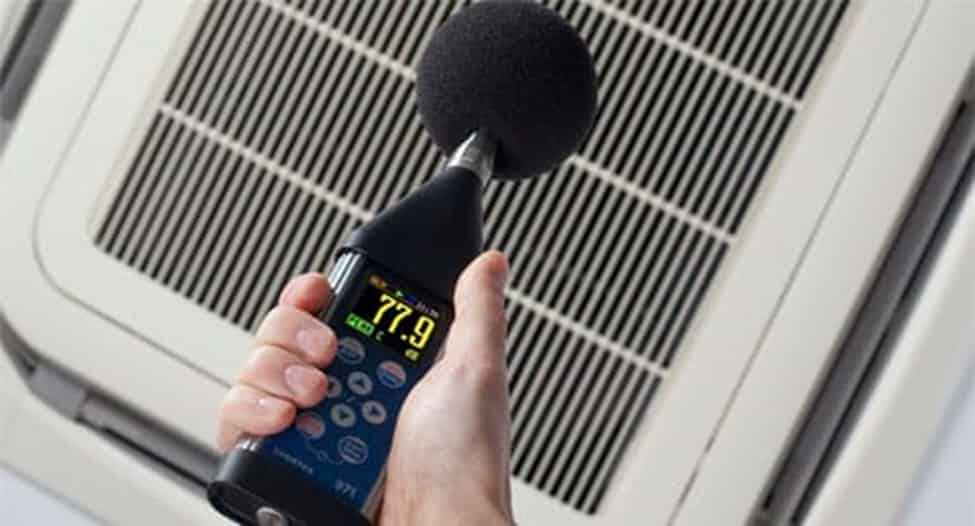
Excessive noise is often an indicator of air entrainment and requires immediate attention to maintain comfort and system integrity.
3. Strategies to Remove Existing Air/Gas and Minimize Entry
To address the issues caused by air or gas in chilled water and dry cooler systems, the following methods can be implemented:
Air Separators
Air separators are highly effective in removing entrained air and microbubbles from the water system. These devices are typically installed in the piping network at strategic locations, such as near the pump discharge.
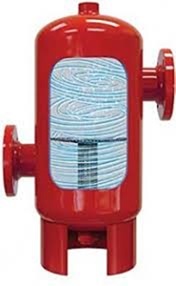
Air separators use centrifugal force or coalescing mechanisms to separate air from the water, ensuring a more stable and efficient system.
Expansion Tanks and Pressurization Units
Expansion tanks and pressurization units help maintain a consistent pressure within the system, reducing the risk of air ingress.
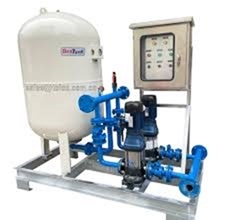
These components also provide a buffer for thermal expansion, preventing pressure fluctuations that could draw air into the system. A properly sized expansion tank is crucial for maintaining the balance and efficiency of the water loop.
High-Level Air Vents
Installing automatic or manual air vents at high points in the system allows trapped air to escape. Since air naturally rises to the highest points, these vents are strategically placed to facilitate the removal of accumulated air pockets.

Regular inspection and maintenance of these vents are necessary to ensure their functionality.
High-Quality Make-Up Water
Using high-quality make-up water with minimal dissolved air or gas content reduces the introduction of new air into the system.
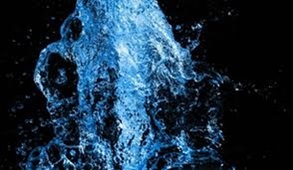
Water treatment processes such as degassing, demineralization, and de-aeration can further improve water quality and minimize the risk of air-related issues.
Monitoring and maintaining water chemistry is essential for long-term system health.
4. Conclusion
The presence of air or gas in chilled water and dry cooler systems poses significant challenges, including reduced heat transfer efficiency, inaccurate instrumentation, increased corrosion risk, unstable pressure, decreased pump performance, and excess noise. Addressing these issues requires a proactive approach involving the use of air separators, expansion tanks, high-level air vents, and high-quality make-up water. By implementing these strategies, HVAC systems can operate more efficiently, reduce maintenance costs, and extend equipment lifespan, ultimately ensuring optimal comfort and reliability for end-users.
5. References
- BSRIA Guide – Design Checks for HVAC
- ASHRA Handbook – Fundamental
6. Abbreviations
| AHU | Air Handling Unit |
| ASHRAE | American Society of Heating, Refrigerating, and Air-Conditioning Engineers |
| BSRIA | Building Services Research and Information Association |
| CHW | Chilled Water |
| AHU | Fresh Air Handling Unit |
| FCU | Fan Coil Unit |
| HVAC | Heating, Ventilation and Air Conditioning |

